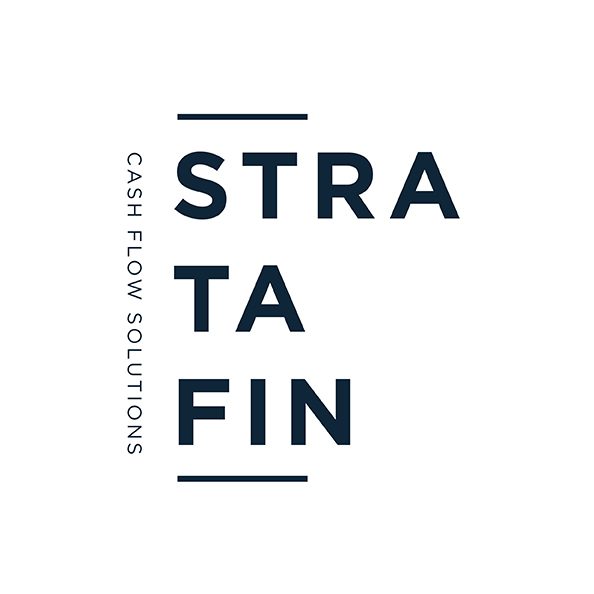Introduction
The community property element of sectional title schemes comes into play when we refer to common property. The body corporate must maintain the common property (while owners must each maintain their section). There are various ways in which the body corporate can restructure and reallocate common property legally. In this article I will discuss two of these options available to the trustees.
Unregulated common property
It important to establish which parts of the scheme form part of common property. In this regard it is critical to know what the legal definition of common property is. Common property is defined in the Sectional Titles Schemes Management Act 8 of 2011 (the “STSM Act”) to mean, in relation to a scheme:
(a) the land included in the scheme;
(b) such parts of the building or buildings as are not included in a section;
(c) and land referred to in section 5(1)(d) of the STSM Act and section 26 of the Sectional Titles Act 95 of 1986 (“the ST Act”).
Simply put, the common property includes all the land and those parts of the buildings that are not included in the sections. One or more pieces of land can make up one schemes, and where there are two or more pieces of land they do not need to be located next to each other. The building(s) to be divided into sections bust be located on the same piece of land or must be notarially tied in the Deeds Registries Office.
The sectional plan for the scheme must accurately identify and clearly show the boundaries of the common property and the sections in the scheme. The boundaries of a section are usually represented by solid black lines on the sectional plan. Everything outside the solid lines shown on the sectional plan are common property. Copies of the registered sectional plans may be made at the local Deeds Registry Office, or obtained from the local Surveyor General
Common property therefore includes the land and all the outer portions (outer part from median line of the floors, walls and ceilings) of the buildingincluding:
- the basement and foundations;
- the attic and roof;
- passages;
- stairwells and elevators;
- communal utility rooms such as foyers, storerooms and laundromats;
- gardens, patios and balconies;
- recreational amenities such as club houses, tennis courts and swimming pools; scheme boundary walls;
- entrance gates and driveways;
- parking bays and garages that are not shown as sections on the sectional plan.
Common property includes most of the utility infrastructure such as pipes, wires and ducts; plant, machinery, fixtures and fittings, equipment used in connection with the common property and sections; separate meters used in connection with supplying and recording services of water, electricity, internet and data connectivity; telephone lines and tv connection; gas and air conditioning; sewerage, drainage and garbage disposal to the common property and sections.
No section owner can exclusively own common property, and the owners of all sections in the scheme jointly own all the common property in undivided shares proportionate to their participation quotas (“PQ”).
Exclusive use areas
A defined part of the common property such as a garden can be reserved for the exclusive use of a particular owner. An owner who has exclusive use rights to an area does not acquire ownership of that area as it continues to form part of the common property. An exclusive use right gives the owner or occupier of the unit the right to use and enjoy a specific part of the common property to the exclusion of all other owners and occupiers. Exclusive use area is defined in both the ST and STSM Acts to mean a part or parts of the common property for the exclusive use by the owner or owners of one or more sections.
Exclusive use rights can be created in two ways. In the first place exclusive use rights can be created in terms section 27 of the ST Act. These are registered rights to real property recorded in the Deeds Registry. A holder of such right has absolute rights that he or she can enforce against any other person at all by instituting legal proceedings. Where the developer did not initially reserve the rights to exclusive use, the body corporate may on the authority of a unanimous resolution apply to the Surveyor -General to have indicated to the sectional plan that exclusive use areas are reserved for the use of specific owners. These real rights to exclusive use are then ceded notarially by the body corporate to the owners.
In the second place exclusive use rights can also be conferred by rules made under section 10(7) and (8) of the STSM Act. These exclusive use rights are considered are personal rights and are only effective against the body corporate of the scheme including all the owners and occupiers of units. The developer or body corporate may adopt management (adopted by unanimous resolution of the body corporate) or conduct rules (adopted by special resolution of the body corporate) which confer rights of exclusive use and enjoyment to parts of the common property upon members of the body corporate. Such a rule must include a layout plan to scale that clearly indicates the locality of the distinctively numbered exclusive use area and the purpose for which it is to be used as well as a schedule indicating to which owner each such part is allocated.
The body corporate retains the primary responsibility to organise for the maintenance of common property that is subject to exclusive use areas. However, the body corporate must require the owners of sections entitled to the right to the exclusive use of a part or parts of the common property, whether or not such right is registered or conferred by rules, to make such additional contribution to the funds as is estimated necessary to defray the costs of rates and taxes, insurance and maintenance in respect of any such part or parts, including the provision of electricity and water, unless in terms of the rules the owners concerned are responsible for such costs. Therefore, the responsibility to pay for the maintenance for the part of the common property that is subject to exclusive use is transferred to the owner who has the benefit of the exclusive use area. This is the position unless the rules specifically state otherwise.
Conclusion
Creating and allocating exclusive use areas transfers the financial responsibility from the body corporate to the person that gets the beneficial use of the common property. Restructuring common property in this way therefore places the burden where the benefit lays.







![Case discussion on SS Glen High v Kruger NO ((2023/055133) [2024] ZAGPJHC 1059 (10 September 2024)](https://b2659803.smushcdn.com/2659803/wp-content/uploads/2024/10/OIP-300x200.jpeg?lossy=1&strip=1&webp=1)




